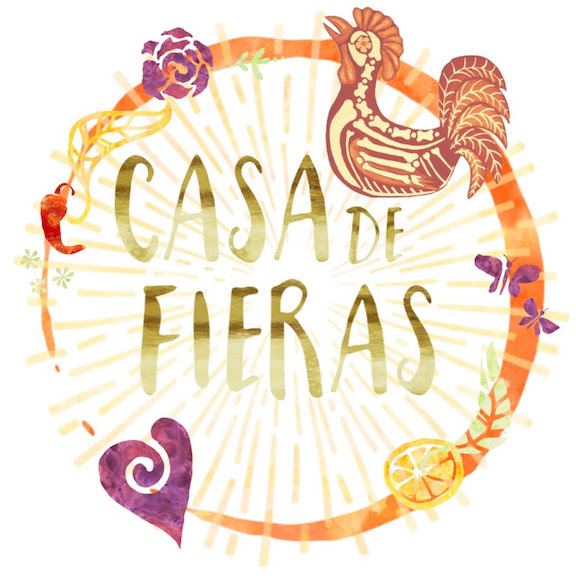We made bean and rice burritos yesterday. And after eating beans from scratch, we end up with a bit of leftover beans in a lot of beany broth - which lends itself very well to being turned into soup on this cold and rainy day...
(amounts are approximate and will vary depending on how much leftovers you have)
a cup of cooked beans in a few cups of beany broth
1/2 cup or so of leftover cooked rice
1-2 tablespoons olive oil or Spring Hill butter
1/2 onion, chopped
1-2 carrots, quartered and thinly sliced
a celery rib, diced
a few cloves of garlic, minced
any other veggies lurking in your fridge? some roasted cauliflower? sugar snap peas? tomato? a handful of chopped greens?
In a pot, reheat the beans in their broth as you cook up the rest of the ingredients (if you have a parmesano cheese rind you've been saving, add that to the pot, too).
In a separate pan, saute the onion, garlic, carrots and celery (this is also a good time to add any dried herbs or spices you want) until just soft and add them to the beans along with the rice. Saute any additional veggies until just soft and add them, too or add already cooked veggies straight into the pot. Fresh greens or herbs go in last. Gently simmer for a few minutes. Season to taste with sea salt and freshly ground pepper.
Sweet Potato, Aubergine & Tahini Salad
5 weeks ago

